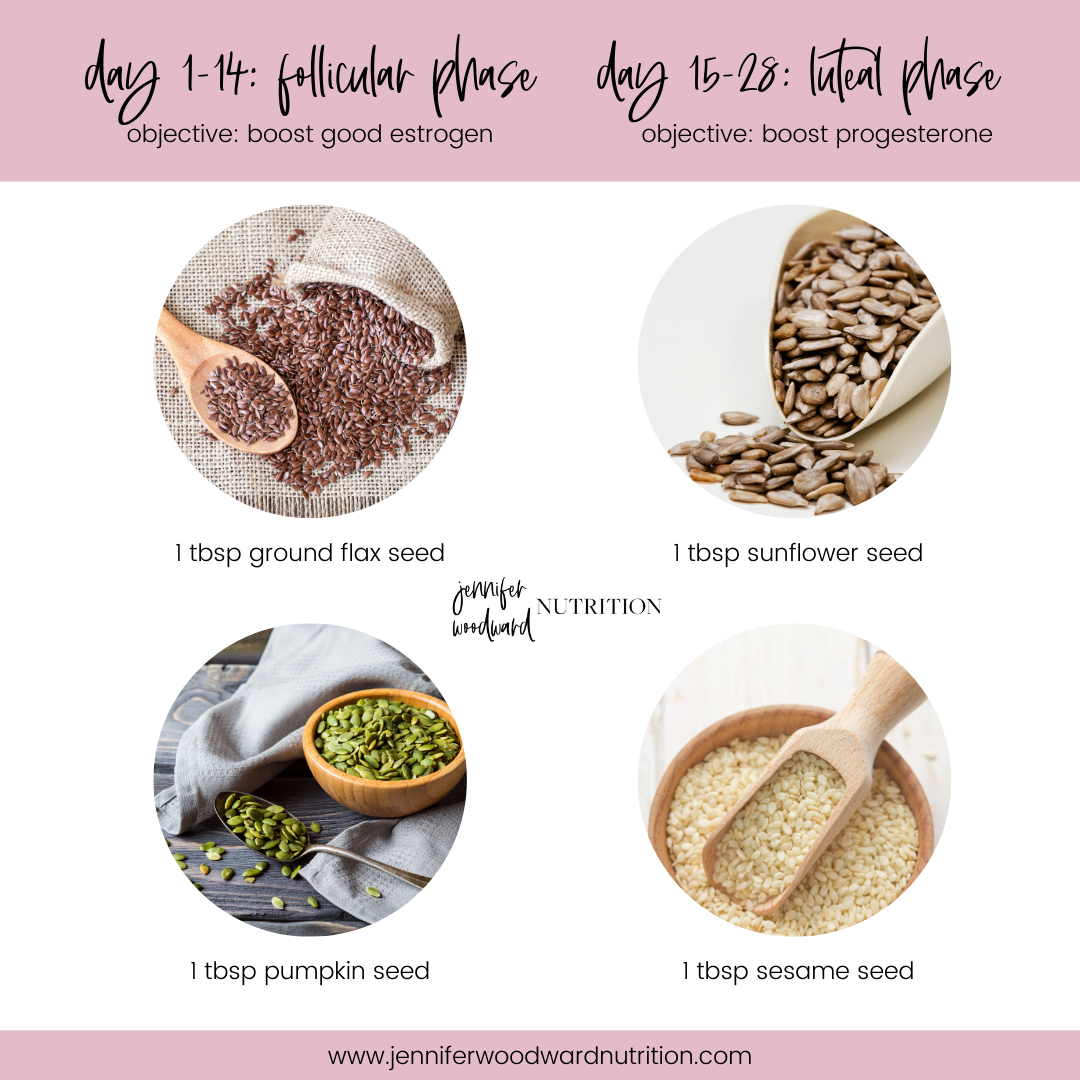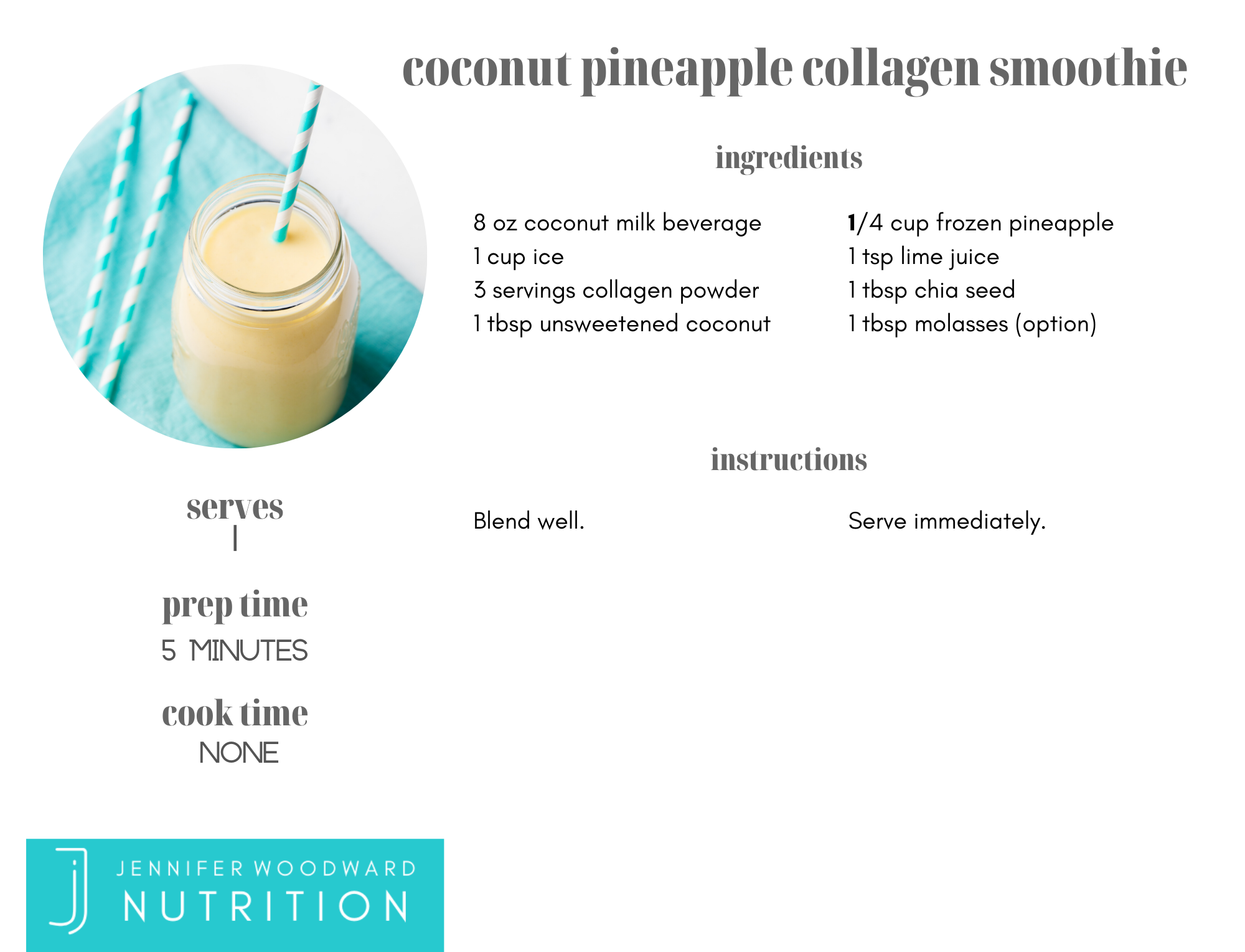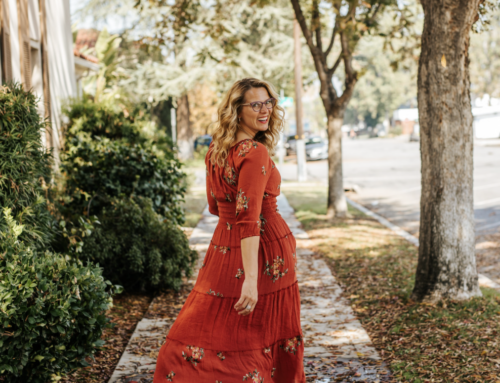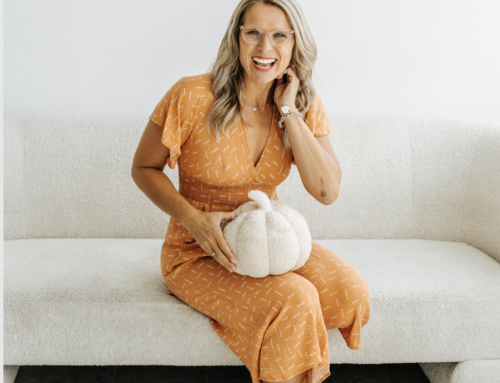Periods are those things that you don’t really notice until things go terribly wrong.
Sure, we’ll gripe about the inconvenience of trying to schedule our lives around Diva Cup changes and the annoyance of having our favorite panties completely destroyed. But for the most part, the flow comes and goes with regularity. Like the weekly trash can collection. It’s predictable and a little gross, but it needs to get done.
Sometimes, though, issues can arise that takes annoying to concerning.
Here’s a short list:
- blood clots
- heavy flow
- couch-diving, heating-pad-grabbing pain
- lack of bleed
- bleeding too often
There are more issues, of course. I see them every day with my clients. It’s common to have period problems, but it’s not normal.
When your period starts to go awry, the first culprit is usually stress. I explain a bit more about that in the video below. Essentially, a healthy period is not a necessity for a body and mind under heavy amounts of anxiety, fear, anger, isolation, depression, or unhealthy lifestyle habits.
I’m not calling you out. We all deal with it.
A normal period consists of about 14 days in the follicular phase, where the body needs plenty of good estrogen. At the same time, it needs to clear out toxic estrogen. Toxic estrogen can build up in the body if you’re constipated, if your liver function is impaired, if your body prefers the wrong estrogen pathways, or if your environment or lifestyle includes exposure to xenoestrogens.
Flax and pumpkin seeds work to boost good estrogen and sweep out toxic estrogen from the body.
During the follicular phase, Follicle Stimulating Hormone builds up to create a healthy environment to precede an egg being released from one follicle. If this process goes awry, issues like PCOS can occur as the follicle will not swell and burst and ovulation will not occur. FSH also increases estrogen (estradiol).
At ovulation, your body needs plenty of this estrogen to stimulate Luteinizing Hormone, which causes the follicle to actually complete the rupture and the release of an egg.
After ovulation, progesterone levels should start to rise. Now, the body is in the luteal phase. FSH and LH levels decrease. After the egg has been released from the follicle and the follicle closes back up, it forms a corpus luteum. The corpus luteum produces progesterone. Estrogen levels should still be quite high. Toward the end of this cycle, if the egg is not fertilized, progesterone and estrogen levels decrease and the endometrial lining breaks down.
And you bleed.
There are approximately 13967 small things that can go wrong with this cycle, all leading to wonky periods.
And those things can generally be addressed with lifestyle interventions and stress reduction. The body is truly created to be in balance. We just have to give it the correct tools.
A simple and inexpensive and tasty way to help balance your hormones naturally is seed cycling. Will seed cycling fix your period? No. But it can help encourage the body back toward balance over time. It’s a beautiful adjunct to a hormone-balancing lifestyle.
Other important things to consider are diet, rest, appropriate exercise, stress reduction techniques, and other data-driven supplementation practices.
I recommend adding the seeds to a morning or afternoon smoothie. You’ll do one tbsp of both flax and pumpkin seeds on days 1-14 of your cycle. And you’ll do 1 tbsp of both sunflower and sesame seeds on days 15-28 of your cycle. That’s it. Give it a few months, and be consistent.

Try adding your seeds to this smoothie! Keep the chia too 🙂






